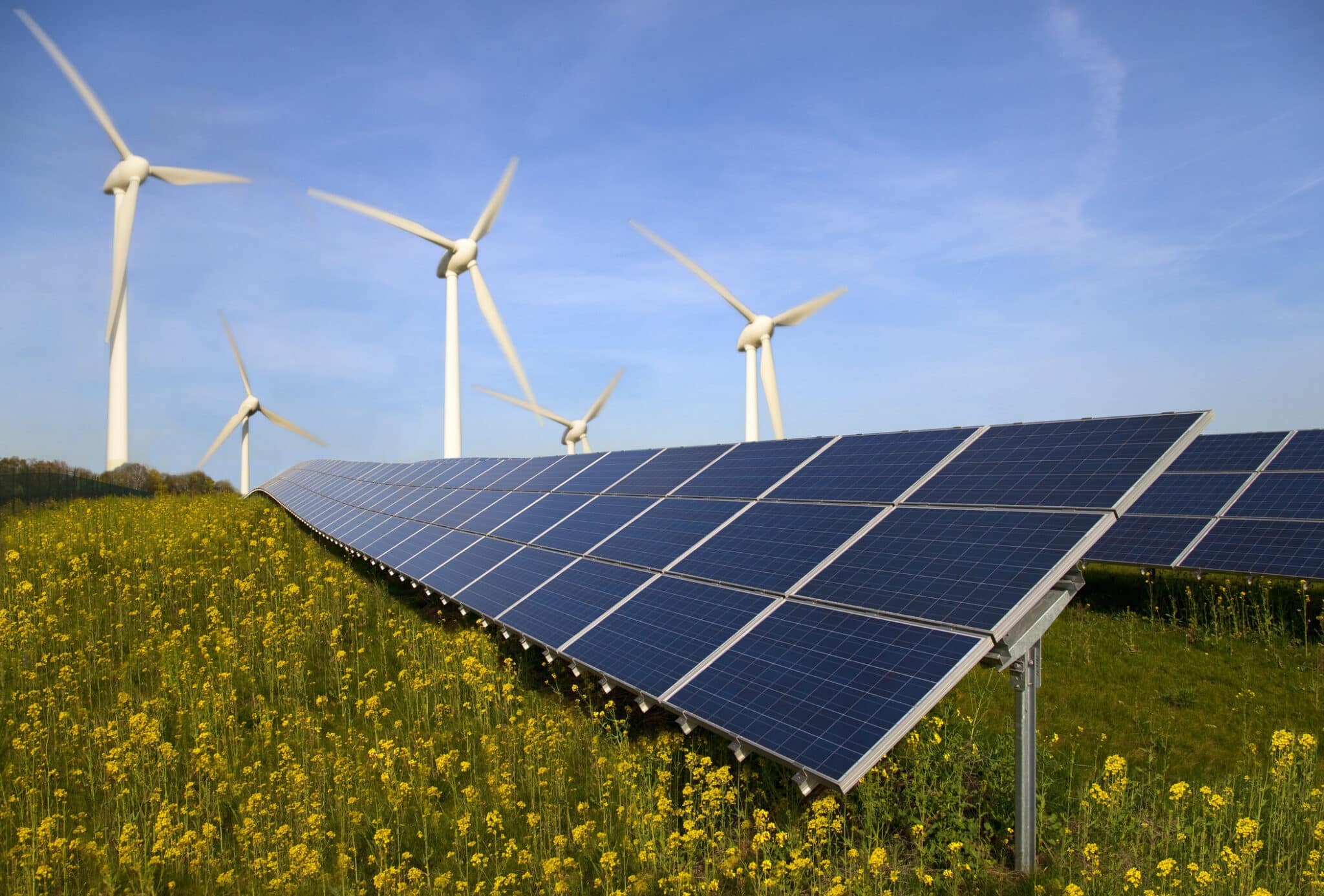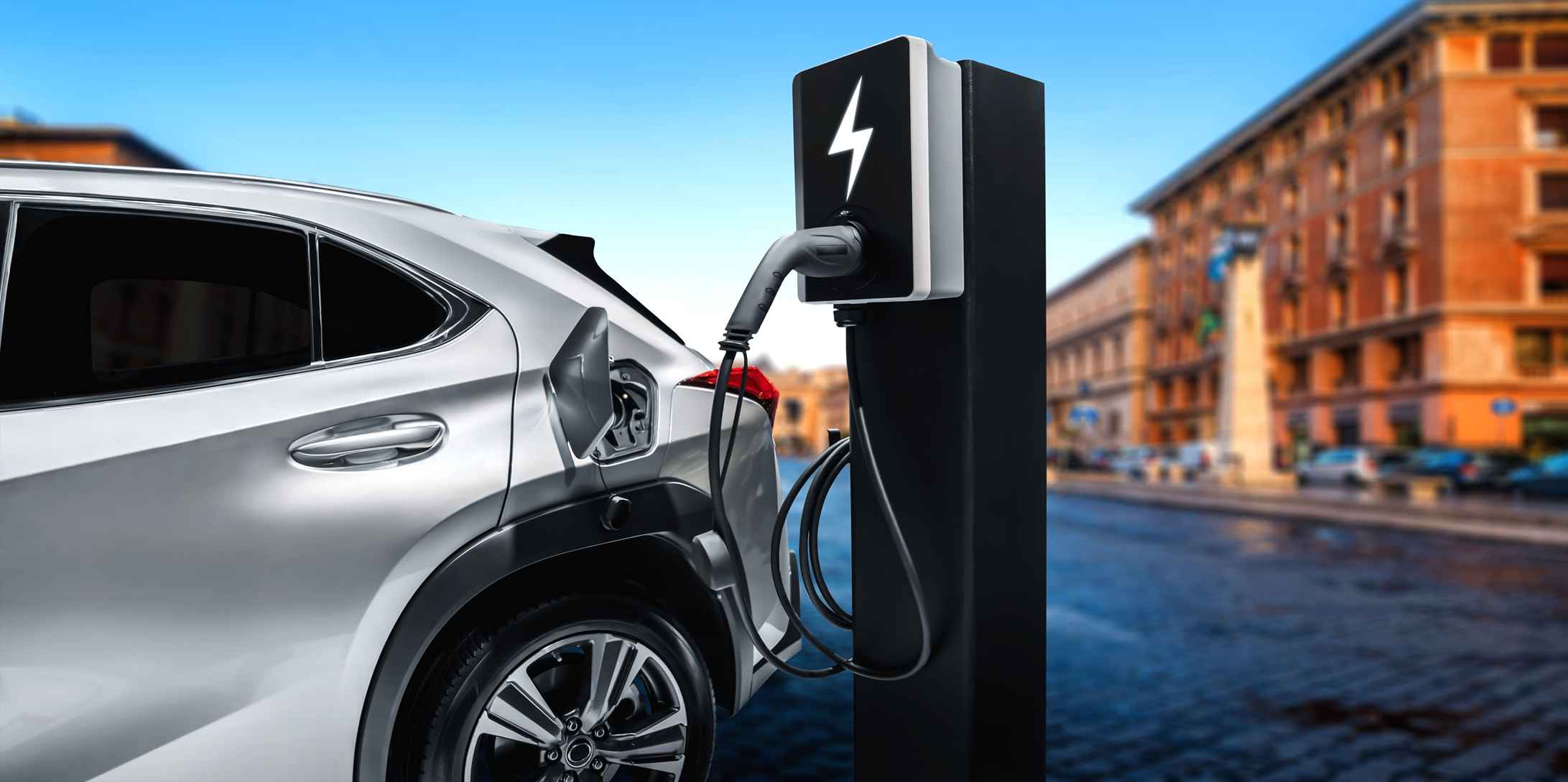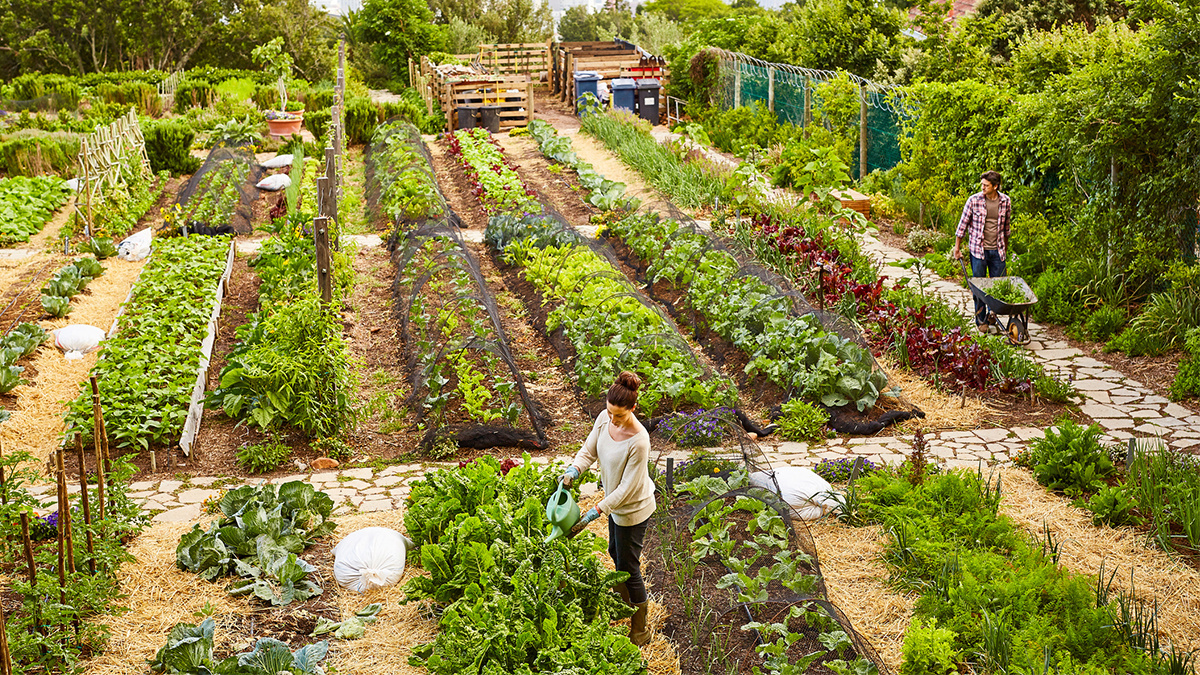Climate Change Solutions That Actually Work: Proven Strategies for 2025
Climate Change Solutions That Actually Work: Proven Strategies for 2025
Table of Contents
Climate change poses one of the greatest challenges of our time, but the good news is that we now have proven, practical solutions that are making a real difference. From renewable energy breakthroughs to sustainable transportation and nature-based approaches, these strategies are not just theoretical—they're working right now across the United States and globally. Here's what you need to know about climate solutions that deliver results.

1. Transitioning to Renewable Energy
Ending our dependence on fossil fuels represents the single most critical step in fighting climate change. Coal, oil, and natural gas combustion accounts for over 75% of global greenhouse gas emissions. The transition to clean energy is accelerating faster than ever before.
Solar and wind power are leading this revolution. In 2021, these renewable sources generated 10% of global electricity—a record high. By 2035, solar energy could power 40% of U.S. electricity needs. Wind energy, particularly offshore wind farms, offers enormous potential and can generate electricity even during cloudy periods when solar production dips.
The cost of renewable energy has plummeted dramatically, making it competitive with traditional fossil fuels. Battery storage technology is solving the intermittency challenge, ensuring power availability when the sun isn't shining or wind isn't blowing. For homeowners, installing solar panels can reduce carbon footprints by up to 1.5 tons of CO2 annually while cutting electricity bills.

2. Embracing Sustainable Transportation
Transportation generates a quarter of U.S. greenhouse gas emissions, making vehicle electrification essential for achieving net-zero goals. Electric vehicles (EVs) are rapidly transforming the automotive landscape.
By 2035, electric vehicles are projected to account for over half of all new vehicle sales globally. Governments and automakers have committed to phasing out internal combustion engines. Switching from a gasoline car to an EV can reduce your carbon footprint by up to 2 tons of CO2 annually. Modern EVs also function as mobile batteries that can supply electricity back to the grid during peak demand, enhancing grid reliability.
Beyond personal vehicles, sustainable transportation includes expanding public transit systems, encouraging bike-sharing programs, implementing congestion pricing, and prioritizing walkable urban design. These holistic approaches reduce car dependency while improving air quality in communities.
3. Maximizing Energy Efficiency
Energy efficiency—often called the "first fuel"—represents our largest energy resource. The less energy we consume, the less we need to generate, regardless of the source.
Building sector improvements offer tremendous potential. Simple upgrades like weatherproofing, installing energy-efficient windows, switching to LED lighting, and replacing old HVAC systems with heat pumps can dramatically reduce energy consumption. Heat pumps, which both heat and cool spaces, are particularly effective and can cut home energy use substantially.

Policy measures like building performance standards and updated energy codes ensure new construction meets rigorous efficiency requirements. Improving home energy efficiency can reduce carbon footprints by up to 900 kilograms of CO2 yearly while lowering utility bills significantly.
4. Nature-Based Climate Solutions
Protecting and restoring ecosystems provides powerful climate benefits. Forests, wetlands, and coastal ecosystems act as natural carbon sinks, absorbing massive amounts of atmospheric CO2.
Forests alone capture about one-third of annual fossil fuel emissions. Wetlands hold 20-30% of all carbon stored in soil worldwide. Climate experts recommend protecting at least 30% of lands, inland waters, and oceans by 2030—a target endorsed by the Intergovernmental Panel on Climate Change.

Preventing deforestation, restoring degraded lands, protecting marine ecosystems, and following Indigenous stewardship practices are essential strategies. These approaches simultaneously combat climate change while preserving biodiversity and supporting communities.
5. Revolutionizing Agriculture Practices
Agriculture significantly impacts climate change through fertilizer use, livestock farming, and land management. Regenerative agriculture offers sustainable alternatives.
Practices like cover cropping, reducing pesticide use, rotational grazing, and using compost instead of synthetic fertilizers nurture soil health while sequestering carbon. Shifting toward more plant-based diets can reduce individual carbon footprints by 500-900 kilograms annually. Reducing food waste—which generates methane in landfills—can cut emissions by an additional 300 kilograms yearly.

6. Taking Individual Action
While systemic change requires policy action, individual choices collectively create significant impact. Americans can reduce their carbon footprints through multiple practical steps:
- Home energy: Switch to renewable energy providers, improve insulation, use programmable thermostats
- Transportation: Walk, bike, use public transit, or carpool when possible; consider EVs for your next vehicle
- Consumption: Buy less, choose sustainable products, support environmentally responsible businesses
- Diet: Eat more plant-based meals, reduce food waste, compost organic materials
- Advocacy: Contact legislators, vote for climate-conscious candidates, participate in local environmental initiatives
Every action matters, and when millions of people make sustainable choices, the cumulative effect accelerates the clean energy transition.
Frequently Asked Questions
What is the most effective solution to climate change?
Transitioning away from fossil fuels to renewable energy sources represents the single most impactful solution, as fossil fuel combustion accounts for over 75% of greenhouse gas emissions. However, effective climate action requires combining multiple strategies including energy efficiency, sustainable transportation, and nature-based solutions.
How much can switching to an electric vehicle reduce my carbon footprint?
Switching from a gasoline-powered car to an electric vehicle can reduce your carbon footprint by up to 2 tons of CO2 equivalent per year. Hybrid vehicles can save approximately 700 kilograms annually. As the electricity grid becomes cleaner, these benefits increase further.
Can individual actions really make a difference?
Yes! While systemic change is crucial, individual actions collectively create substantial impact. Home energy improvements, dietary changes, reduced flying, and sustainable consumption choices can each reduce personal carbon footprints by hundreds to thousands of kilograms annually. Additionally, individual advocacy and voting influence policy changes that drive large-scale transformation.
How realistic is achieving net-zero emissions by 2050?
Achieving net-zero by 2050 is challenging but achievable with immediate, aggressive action. The technology exists today through renewable energy, electric vehicles, energy efficiency, and carbon capture. Success requires rapid scaling of these solutions, strong policy support, international cooperation, and significant investment. Every year of delay makes this goal more difficult.
What role does protecting forests play in fighting climate change?
Forests are critical carbon sinks that absorb approximately one-third of annual fossil fuel emissions. Protecting existing forests, preventing deforestation, and restoring degraded forest lands are among the most cost-effective climate solutions. Forests also provide biodiversity benefits, protect watersheds, and support Indigenous communities.
Share This Article
Help spread awareness about effective climate solutions! Share this article with your friends, family, and social networks. Together, we can accelerate the transition to a sustainable future.
Conclusion: Climate change solutions that actually work are available, affordable, and scaling rapidly. From renewable energy and electric vehicles to energy efficiency and nature-based approaches, these proven strategies are transforming how we power our lives, move around, and interact with natural systems. Success requires combining technological innovation, policy action, and individual commitment. The path to a sustainable future is clear—now we must accelerate our journey along it.